Affiliate disclosure: This post may contain affiliate links. Please see our Privacy Policy.
Can you survive a nuclear winter? It’s a grim question—but one that’s worth asking if you’re serious about preparedness.
We’ve all seen those nuclear bunker apocalypse movies, but is it really possible to survive an all-out nuclear war? Scientists have been trying to answer that question for decades, and the topic gets a bit of renewed attention every time global tensions rise.
There are a number of competing theories about the effects of nuclear winter, and depending on the specifics, it just might be possible to ride out a nuclear apocalypse with the right preparation.
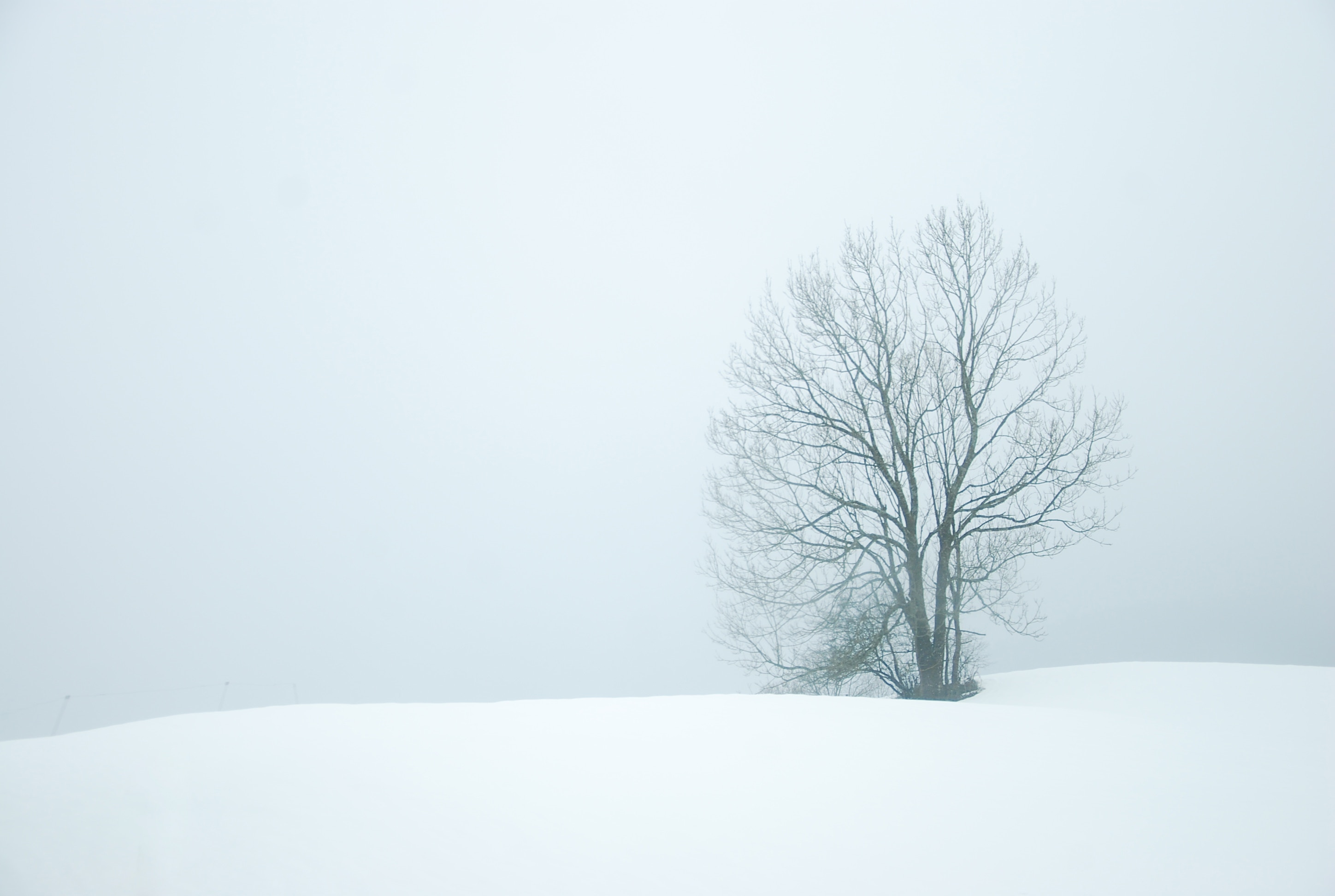
At this point, we’ve all seen movies dramatizing the aftermath of nuclear war, and there’s a popular belief that to survive, you’d need an underground bunker with at least 30 years worth of food. Is that really true, though?
Believe it or not, there are practical steps you can take today to help you survive nuclear winter regardless of where you live. You don’t need a bunker or 30 years’ worth of food, just practical preparedness, and a little advanced planning.
I’ve researched possible scenarios in-depth and read through studies that predict the outcomes of various likely conflicts. While none of the scenarios are pretty, most are potentially survivable with advanced planning.
I’ll take you through the studies in-depth, but here are the major takeaways:
- Initial Strike ~ Surviving a nuclear winter implies that you’ve survived the initial strike and you’re not near any high-value targets.
- Duration ~ Most experts assume that a nuclear winter would last between 1 and 4 years, making it survivable with the right preparation.
- Preparation ~ You’ll need to prepare to provide for your needs and the needs of your family until agriculture and infrastructure can be re-established. That includes food, water, energy, and security.
You can skip down to my section on How to Prepare for a Nuclear Winter if you’re just looking for practical steps you can take now to increase your chances of survival.
What is a Nuclear Winter?
Nuclear winter is a theory that the impact of nuclear weapons would throw huge volumes of soot into the atmosphere.
The extra particles would effectively blot out the sun and create catastrophic cooling all over the globe. Scientists have tried to model the effects of nuclear winter by looking at modern wildfires and volcanic eruptions and then scaling them to various nuclear scenarios.
How Long Would Nuclear Winter Last?
Originally scientists assumed that an all-out nuclear war would release vast amounts of NOx that would obliterate the atmosphere, ending all life on the planet. Modern science has discredited that theory, and it’s now believed that a true nuclear winter would be devastating, but the effects would only last a few years.
By the 1980s newer science discredited the “total obliteration” theory and in 1983 the first “nuclear twilight” model predicted a winter lasting roughly 4 years.
In 1991, fires in the Kuwait oil fields allowed climate scientists to test out models on a real-life atmospheric soot injection. All of them completely failed to predict the outcome. While local temperatures around the fires fell dramatically, as much as 10 degrees C, the impacts were only regional.
Whether the impacts are regional or global depends on atmospheric conditions at the time of destination, and exactly how high particles are injected into the atmosphere.
A single volcanic eruption in 1815 created a year without a summer the following year, with snowstorms in July in the US. Another eruption in 1883 caused global temperatures to drop more than 1 degree for a full year.
The current consensus is that nuclear winter would cool the planet for somewhere between 1 and 4 years.
How Many Nukes Does it Take to Create a Nuclear Winter?
More recent models suggest that a small nuclear conflict, with only 50 to 100 missiles exchanged, would create a mini-nuclear winter that could impact the entire globe. This is intended to model a small power conflict, for example, a conflict between India and Pakistan. The theory suggests that the soot would reduce global temperatures by around 1 degree C for 2-3 years, with more catastrophic effects in the immediate area of the conflict.
Though average temperatures would only be impacted by 1 degree, the total “frost-free” days in any particular growing region could be completely disrupted. Unpredictable frosts in mid-summer could destroy crops on a large scale, even if, on average, the temperature only dropped modestly. This would mimic the volcanic eruptions that created a year without a summer, but potentially lasting for several years with the added “perk” of radiation.
Models predicting a larger conflict, say between Russia and the US, are less clear. The most pessimistic models suggest that global temperatures would drop to an average of just above freezing year-round, lasting for around 10 years. Most of these models have been discredited by modern real-life examples where soot has been injected into the atmosphere.
Models run on large wildfires suggest much shorter times and show that even large amounts of soot are cleared from the atmosphere in as little as 2 months. While the impacts of a large-scale conflict may result in more radiation and localized disturbances around the target areas, the general consensus is that an actual nuclear winter would last 1 to 4 years regardless of the size of the conflict, as that’s the amount of time would take natural cycles to cleanse the atmosphere of particles.
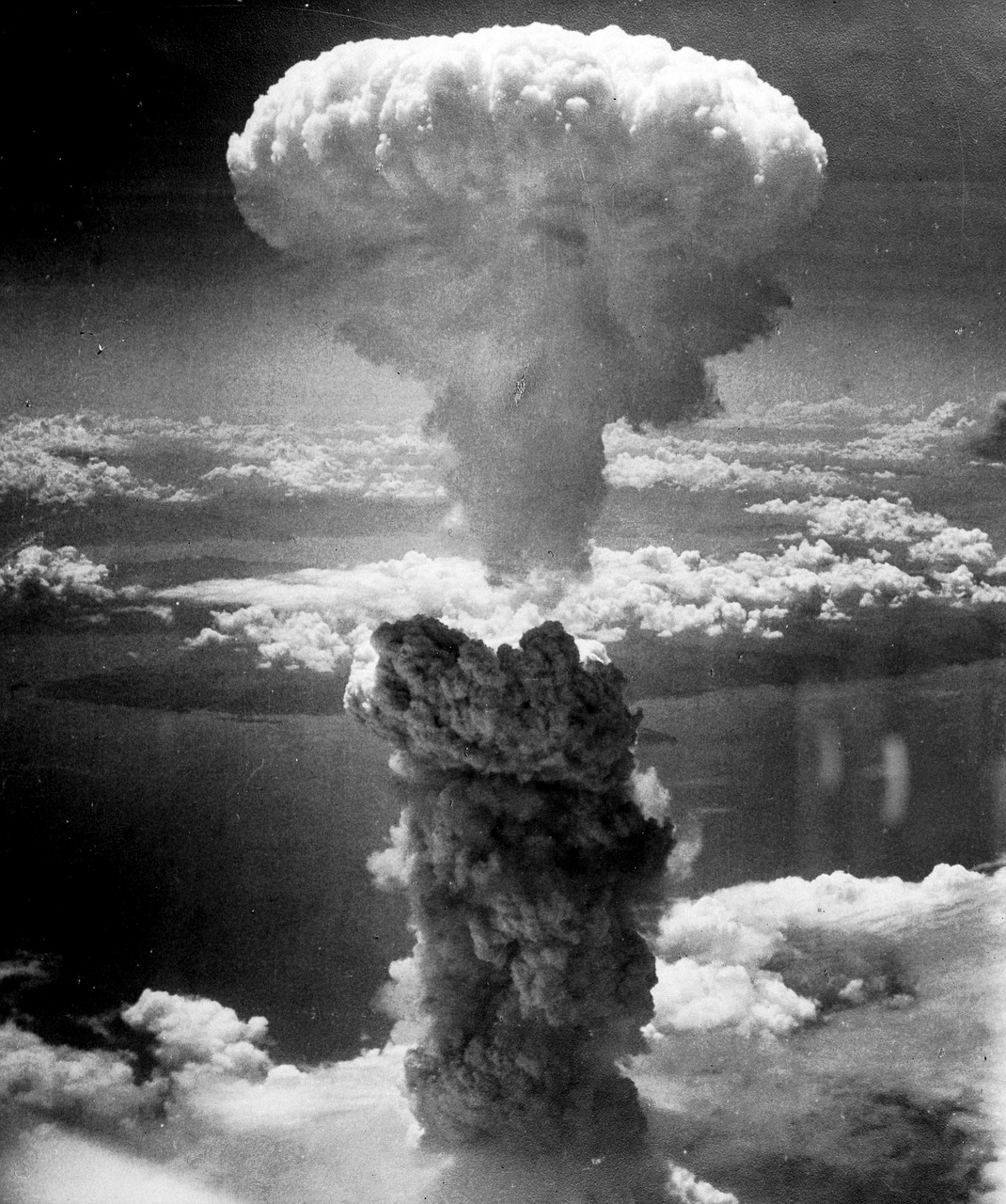
Can You Survive a Nuclear Winter?
A small-scale nuclear winter is much easier to survive than a larger-scale disaster. Assuming the nuclear winter is caused by a small-scale conflict that’s far from your location, survival would largely depend on the political stability of your country and your own personal food storage preparedness.
If you survived the initial impacts and the devastating first few weeks after the conflict, surviving nuclear winter is all about advanced planning.
Assuming the nuclear winter is caused by a small-scale conflict that’s far from your location, survival would largely depend on the political stability of your country and your own personal preparedness in terms of food, shelter, energy, and security.
Given the information available, it seems like this period would last at least 1-4 years, during which time law and order may be at risk, and food may be scarce.
How To Prepare for a Nuclear Winter
While you can pretend that eating grasshoppers and bark is an option, the grasshoppers will be long gone in just a few months, and bark flour only contains nutrients while the trees are alive. They won’t make it long without sunlight.
I’m an experienced forager, and we harvest hundreds of different types of edible wild plants and mushrooms in a year. While foraging is incredibly useful in most emergency scenarios, it’s unfortunately not all that helpful when a nuclear winter stunts plant life for an extended period.
Plants will re-sprout when conditions improve, but they aren’t going during those initial few years of cold temps and limited sunlight. Since agriculture is not an option, and foraging won’t be an option after the first few months to a year, survival will depend on your stores.
Emergency Food
This is when having a long-term emergency food kit would be essential for survival.
There would be the potential for widespread crop failures, potentially leading to worldwide food shortages. A good survival food kit would be vital in this case, as well as medical supplies and options for heat, sanitation, and personal defense.
For food, I’d suggest at least a one-year emergency food storage kit for each person in your family. Up to 4 years would be better, obviously, but that’s hard to store in a reasonable amount of space, and there will be some food to scavenge from existing supplies in the first year or two after the emergency. Ideally, the kit is used when all other resources are exhausted.
I’ve sampled every kit on the market from every provider, and I wrote an exhaustive review of the best emergency suppliers kits on the market today.
If you want the quick version:
- Valley Food Storage has the best quality kits with plenty of variety and several premade kits that are perfect for just in case.
- Nutrient Survival had the highest nutrient density and best-tasting food, but their options are a bit more limited since they’re a new company.
- My Patriot Supply has the best budget kits on the market, and if you don’t have a lot to spend, they’ll get you through better than anyone else.
Food is the most important thing, given that agricultural productivity will be non-existent for at least a year but potentially longer.
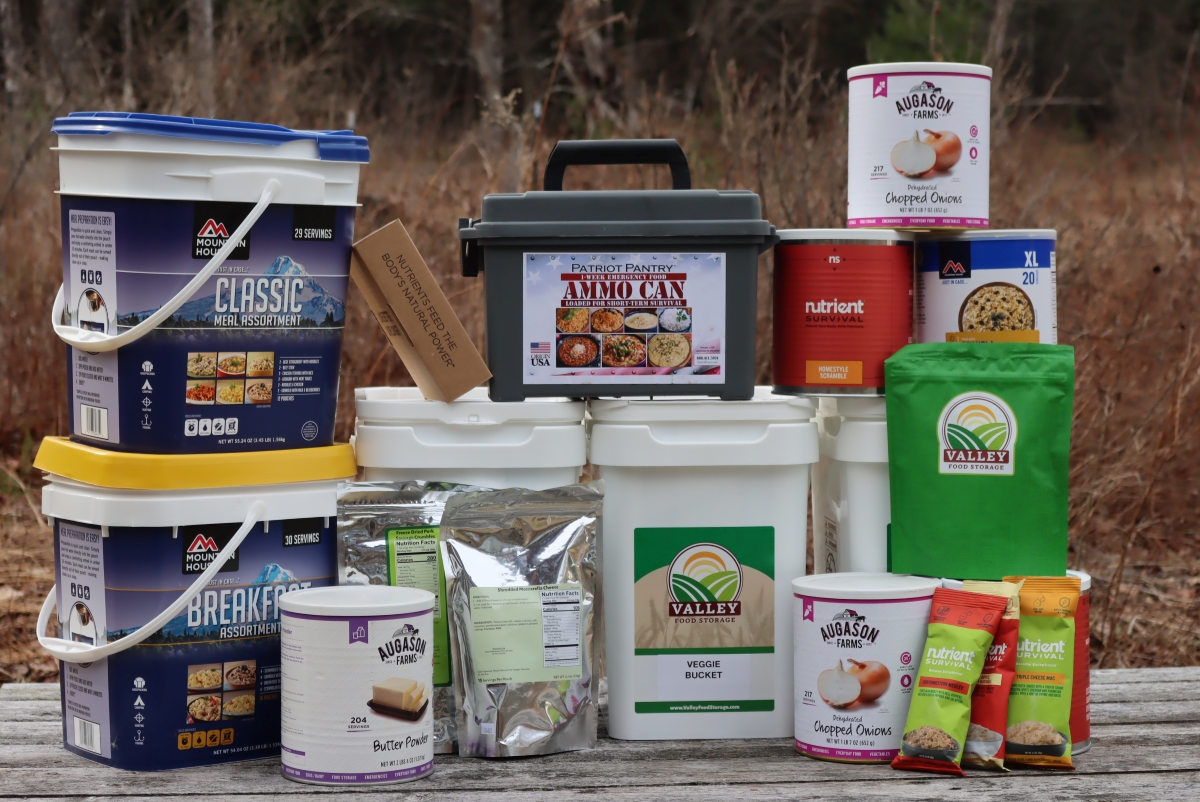
Water
In the short term, stored water is the best option, as you won’t be able to go outside for the first 3 to 4 weeks until the worst of the radiation settles.
We can water for storage, which works well for us. There are other bulk water storage options too.
For the longer term, you’ll need to think about filtration, and there’s nothing better than a Berkey filter, which works great for tap water now, and river/stream/lake water after an emergency.
(2024 Water Filter Update: Berkey is having supply chain problems, and they’re not readily available. Occasionally, they’re available through Pleasant Hill Grain and a few other suppliers, but not dependably. Consider an Alexapure Filter as an alternative, as they’re similar, and much more readily available these days.)
This preparedness kit comes with food, water filtration, and emergency cooking equipment, so it’s a good one-stop shop to check all the boxes there.
If you’re looking for more options, I suggest reading my article on Emergency Water Storage and Filtration.

Sanitation
Waste and washing may not seem as pressing, and they’re not…initially, at least. After the first few weeks, assuming you have food worked out, sanitation will become paramount to survival.
We use a pedal-powered off-grid washing machine, and it’s incredibly efficient and easy to use. It only takes a small amount of water per load, and it’s easily operated even by small children.
I’d recommend a composting toilet for waste, which will allow you to safely convert it from a potential health hazard to compost for growing food.
The Humanure Handbook covers everything you need to know about safely treating and recycling human waste on a small scale, and it has DIY options for home composting toilets. For something more dependable, I’d recommend investing in a composting toilet.
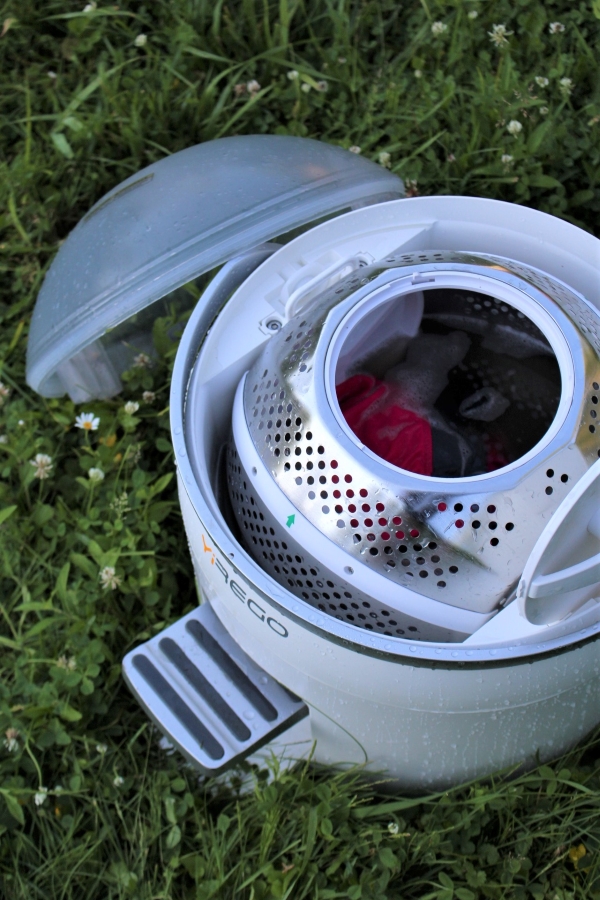
Agriculture
How can you grow food during a nuclear winter? While it may be cold outside, you’ll be able to grow shade-tolerant vegetables indoors, and growing microgreens (soil-grown sprouts) doesn’t strictly even require sunlight at all (though some sunlight is helpful).
Both of these will allow you to stretch your food stores and improve your nutrition. Assuming you’ve got a composting toilet, you’re set for nutrients.
With a DIY lighting setup for indoor growing, you can do a lot more, but that assumes you’ve stored gasoline and have a good-sized generator.
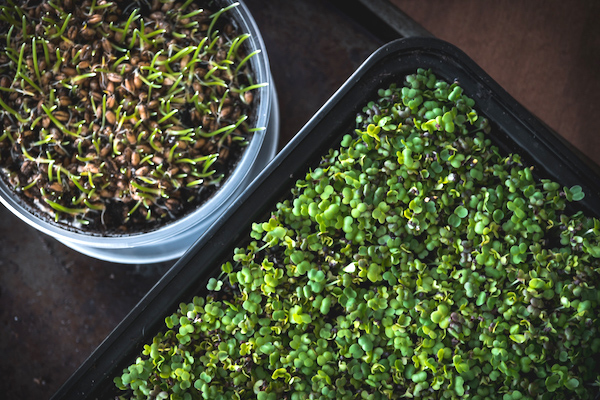
Health and Medical Concerns
I know the primary health concern for most people at this point will be radiation, and other than limiting your exposure (or hoping you’re away from contaminated sights), there’s not a whole lot you can reasonably do.
Potassium iodide is a good option for helping prevent thyroid cancer, which is one of the primary risks of long-term low-level exposure. The CDC even has specific advice on how to use it. Be aware that it does have other potential side effects, so don’t just start taking it now. It’s really only something you want to have on hand, just in case.
Your main concern, believe it or not, should be the lack of readily available modern healthcare. Minor cuts can turn septic quickly, and you’ll need to have basic medical supplies on hand to treat the common injuries that are bound to happen as you and your family work to survive.
A good medical kit is essential, whether it’s a small everyday carry kit, to a car emergency kit, all the way up to a long-term backwoods medical backpack. A little bit of antiseptic can be absolutely life-saving, and it’s inexpensive to buy ahead of time.
Beyond first aid, the main causes of death 100 years ago are all now easily prevented with modern antibiotics. They’re hard to come by short of a trip to the emergency room, but there is one company that prescribes emergency antibiotics for anyone hoping to prepare in advance. A single kit comes with a full course of the five most common types of antibiotics, as well as a book explaining their use.
Things like animal bites, bladder and kidney infections, diarrhea (from contaminated water), pneumonia, and tetanus can all be fatal, but they’re easily treated with simple antibiotics.
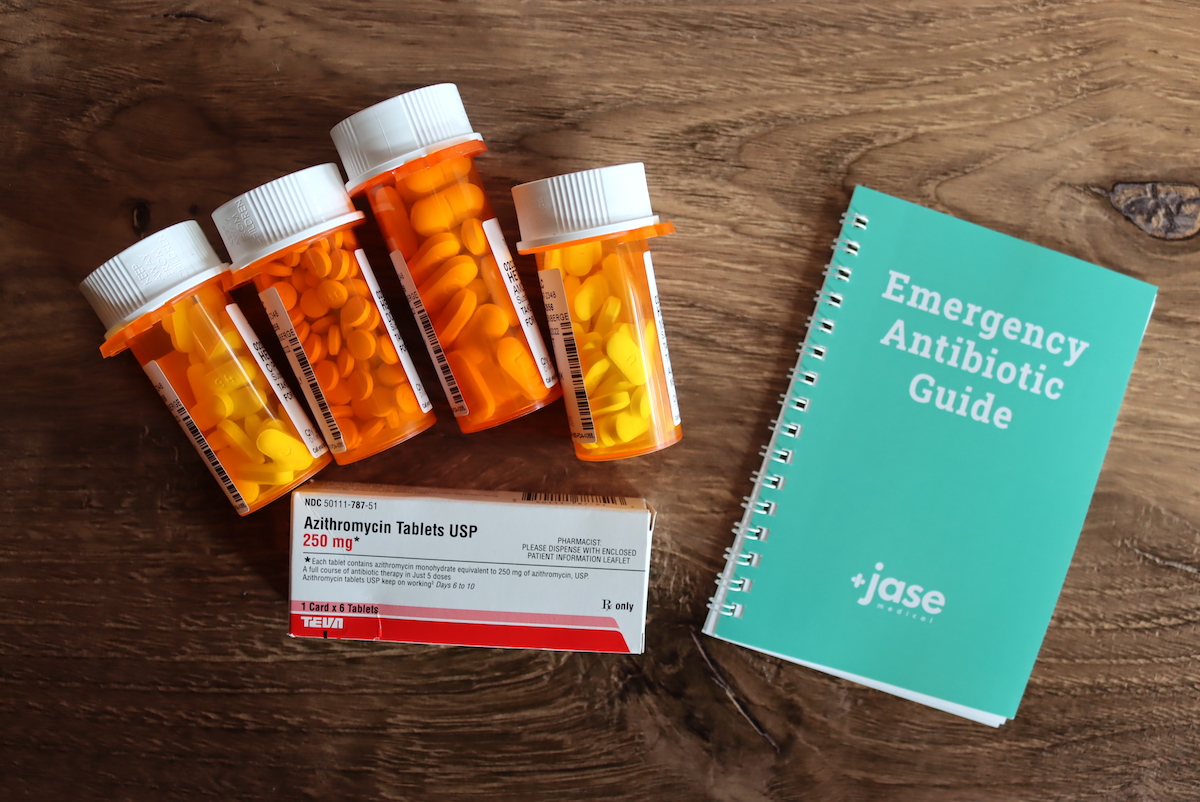
Security
Though it’s not something most people want to talk about, in the chaos following a disaster, your personal security is not guaranteed. Law and order will go out the window, and you’ll need some means to defend your family.
If you haven’t already invested in a means of defense for your family, there’s no time like the present. I imagine you’d be better off with one of these in your back closet, regardless of the apocalyptic scenario. (One of these, and maybe two or three of these wouldn’t hurt either…)
In many parts of the world, there are specific restrictions as to who may possess such means of security. For legal, political, or practical reasons, something quite so final may not be an option for your family at this point.
Air rifles are legal in many places where other things aren’t, and they’re far more advanced these days than the simple pellet shooters of your childhood. Some hunting air rifles can even take down big game, and ammo is a lot easier to manage since it’s propelled by pressure instead of powder.
Beyond that, crossbows are relatively easy to operate and infinitely re-loadable. While a bow is sized to the user, a crossbow can be used by many different individuals regardless of height, weight, or strength. There’s a reason crossbows are allowed for hunters over the age of 50 in many states, they’re just easier to operate and gives the user a substantial advantage over other types of bow.
A friend of ours in New Jersey, where most forms of self-defense are illegal, invested in a few crossbows for his family members and they practice with them regularly. It’s a great bonding experience before an emergency, and an incredibly useful skill to have should the need arise.
Other Resources for Nuclear Survival
That said, there is a book out called Feeding Everyone No Matter What that tries to address the possibility of keeping civilization alive in the event of an extended solar blackout, be it from nuclear war or mass volcanic eruption. The author contends that it is possible, given some pretty extreme scientific intervention.
Things like bacteria that digest cellulose being fed to small mammals to produce meat, and mass cultivation of mushrooms that yield without sunlight. I’ll admit the author is thinking outside the box, but all of these options would require some pretty intense preparation long before the event of nuclear war.
His book is a good one to have on your shelf in case of an apocalypse, but I imagine that freeze-dried food for long-term storage would serve you better.
In the long term, having a good survival library, with plenty of technical books on DIY skills that will be vital for rebooting society, would be incredibly helpful. Not as helpful as food during the first years, but essential for putting things back together.
Preparedness Resources
Looking for more resources to boost your resilience in uncertain times?
- Survival Gardening: Our Real Life Dry Run
- Choosing a Survival Seed Bank
- How to Freeze Dry Food at Home

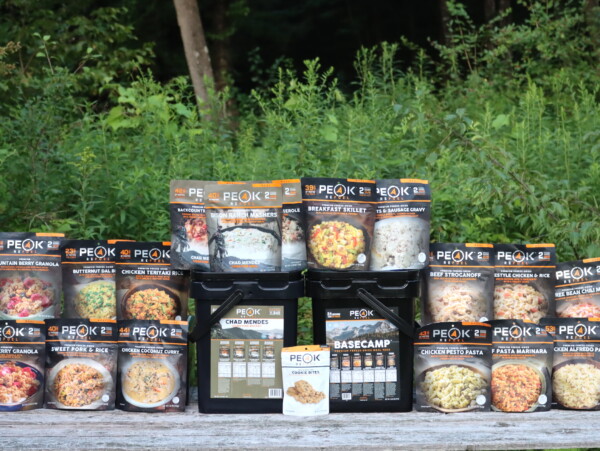
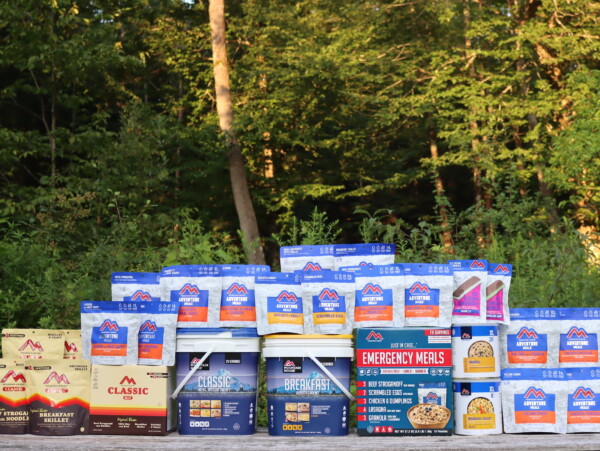
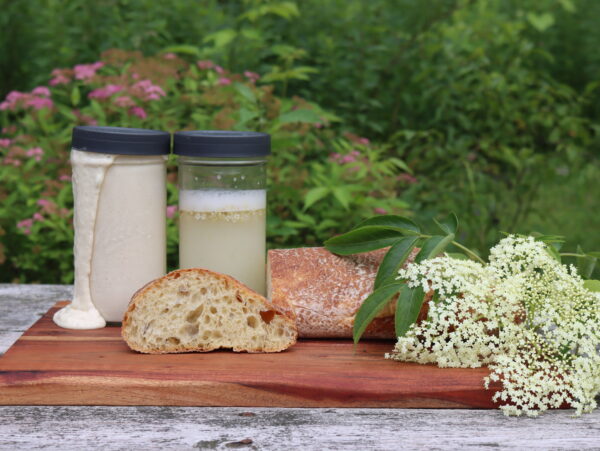
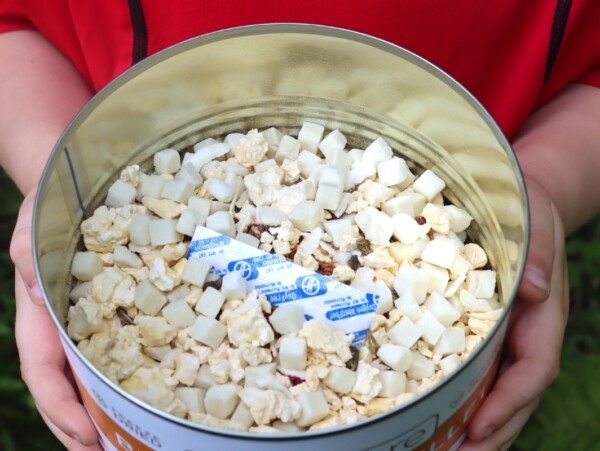
An interesting article worthy of thought but at the end of the day IF it happens the only ones with a chance of surviving are the people who are self sufficient TODAY.
City and town dwellers will devour themselves within the first 6 weeks and those who flee to the countryside will just die out.
It would however be useful when mentioning that this study or that study to link to the study in question.
You can survive nuclear winter with ease, actually, because it simply won’t happen. The TTAPS study of 1983 that created the nuclear winter theory relied on flawed computer models that didn’t accommodate the existence of one particular phenomenon: rain. First of all, any smoke and dust that fills the atmosphere will bind with water vapor and rain itself out in ten days. Secondly, nuclear weapons have gotten smaller due to more accurate aiming, mitigating any smoke they do produce. Third, they will only be used against targets of military value, and if your home is nowhere near one, then you won’t be nuked. The TTAPS study was more a work of political activism than science, so you should take it with a ton of salt.
Rain falls from an average altitude of 10.000 feet. Rain won’t help if the smoke goes on higher altitudes, which is what climate scientists say would happen. The smoke will be stuck there for years and it won’t rain down.
” only be used against targets of military value”
Tell it to 100K+ Ukrainians who were killed in Mariupol this year. City is fully destroyed and there was no nukes yet
You forgot the most important and most difficult problem to solve! The actual winter. It will be as cold as on Antarctics! So you need to heat up the place! You need somewhere to stay warm and to go outside is nearly impossible! Aggregates will stop working at these temperatures. Fireplace only gives some warmth and as your supply of wood will soon be gone you need to get more, but to go outside is almost impossible at these temperatures!
Although this article is probably about the best that can be expected, the glaring hole during nuclear winter is water supply. In a full-scale exchange, most of North America & Europe is forecast to stay BELOW FREEZING for 2 to 3 YEARS (maybe more) straight. All the water in the world won’t do much good if it’s in solid form (as it won’t be possible to store enough energy for heating it up).
4 weeks of human waste from 4 ppl to keep inside your home for 4 weeks ,that’s a tough one
I read your article with interest and whilst I have enough supplies to last a year the article made no mention of radio active fallout. That is the problem as the half life of that is longer than 1 to 4 years
8-10 billion humans obsessed with money is not a problem, if we have electricity. However when this stops the party is over. Anyone think we should discuss this matter with Jeff Bezos’s family?